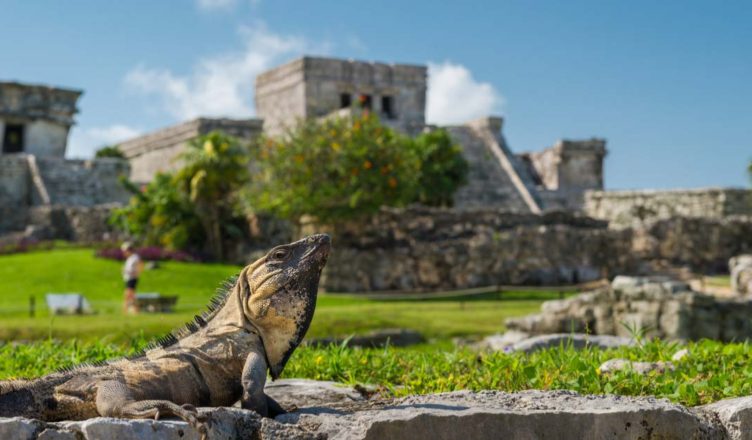Tulum Ruins: A Glimpse into the Past
Perched on a cliff overlooking the azure Caribbean Sea, the Tulum Ruins are one of the last major cities built and inhabited by the Maya. Dating back to the late Postclassic Period (1200 – 1521 AD), Tulum was a thriving port for the Maya civilization, serving as an important hub for trade.
Walking through the ancient site, visitors can explore well-preserved structures such as the Temple of the Frescoes, which features beautiful murals, and El Castillo, the towering castle that served as a watchtower. The combination of historical significance and breathtaking views makes the Tulum Ruins a must-visit for anyone exploring the Yucatán Peninsula.
Ruins of El Castillo (The Castle), Tulum
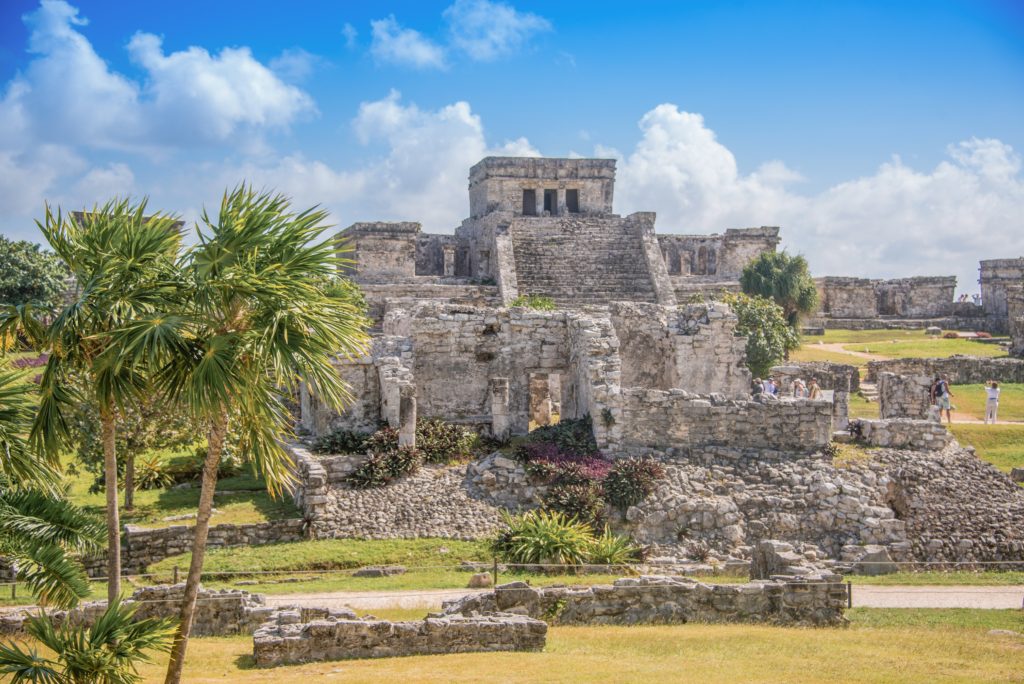
The biggest building in Tulum ruins, located nearly on the border of the crag. It is referred to as El Castillo (The Castle), and from the very building, it’s possible to look at the Caribbean Sea.
Built in two phases, the most ancient phase worked as a base to raise the upper temple, the same base which is the biggest of the whole archaeological complex. The upper temple worked for religious ceremonies.
Composed of three entrances, two vaulted chambers with altars where offerings were left, and a lintel supported by two columns with a snake figure.
It is said that this building worked as a lighthouse for the indigenous sailing through the coral reefs.
Templo del Dios del Viento (Wind God’s Temple)
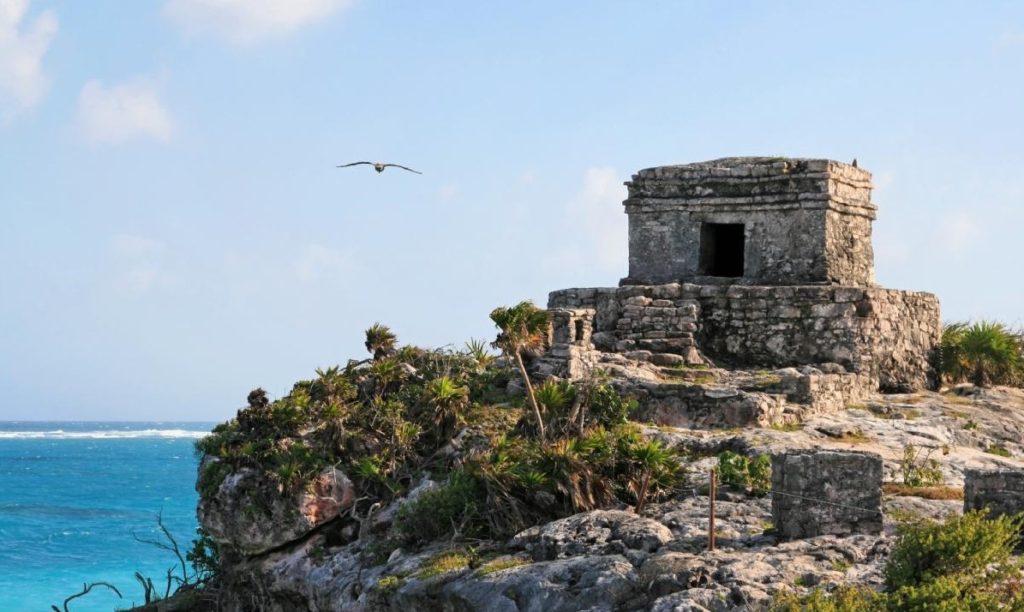
Thanks to its location, right beside the turquoise sea, it is one of the most photographed buildings in Tulum ruins.
The temple is part of the Kukulcan Group, located to the north of The Castle. The group consists of several minor buildings among which The Wind God’s Temple stands out.
Its name comes from the roundness of its base without corners, a shape traditionally linked to the Wind God Ehecatl, locally associated with the Mayan deity Kukulcan.
As the wind blows from every direction, the Wind God was linked to the four cardinal points. The temples related to it have a round base to let the wind pass without resistance.
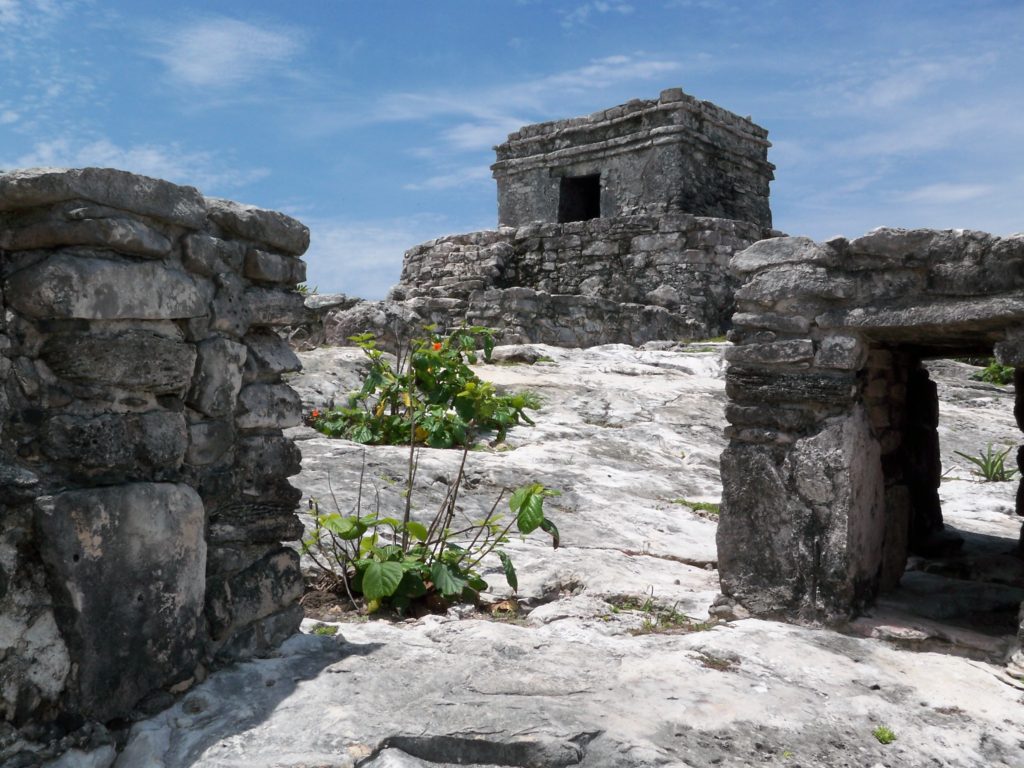
The building itself is a little sanctuary with a little altar. Even in 1924, the temple was still in use for religious purposes.
A legend about The Wind God’s Temple states that whenever a hurricane gets close to Tulum, a whistle comes from a hole in the building designed to advise Mayans they would have to leave the place and look for protection.
Templo de los Frescos (Frescoes Temple), Tulum
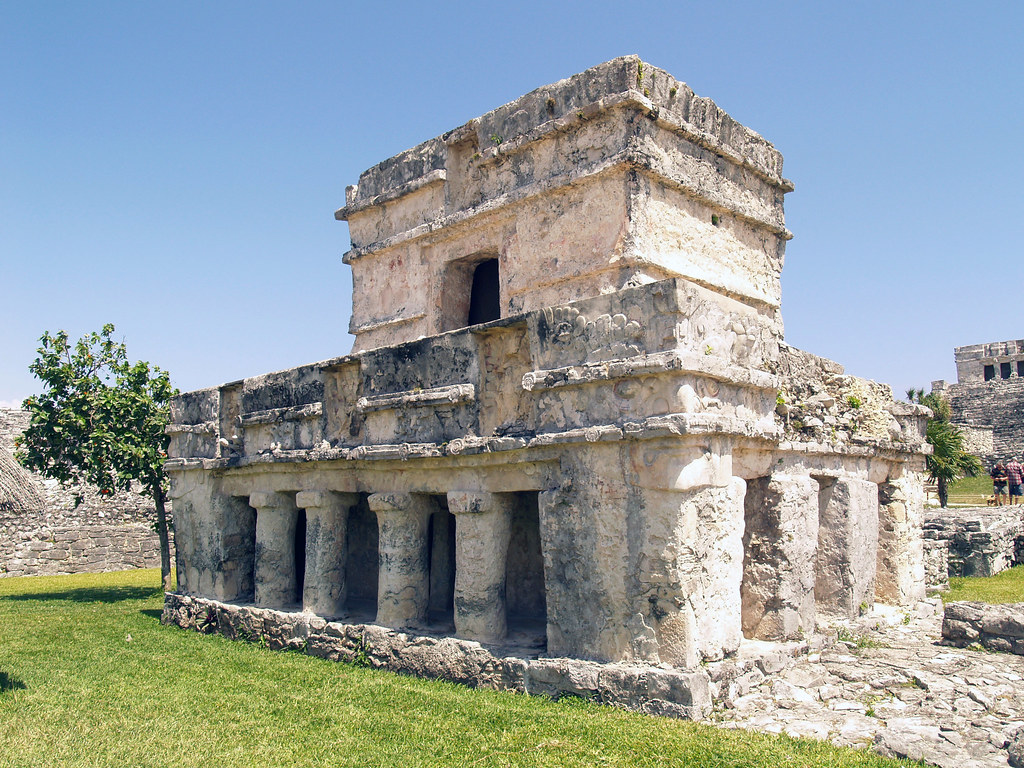
Frescoes Temple stands out for its interior decorated with brightly colored paintings. Its wall paintings represent schematic deities made with lines in an area of approximately 8m long by less than 1m high, proof of pre-Hispanic Mayan mural painting. It had an important social and religious function, its general appearance suggests it was a place of deep worship.
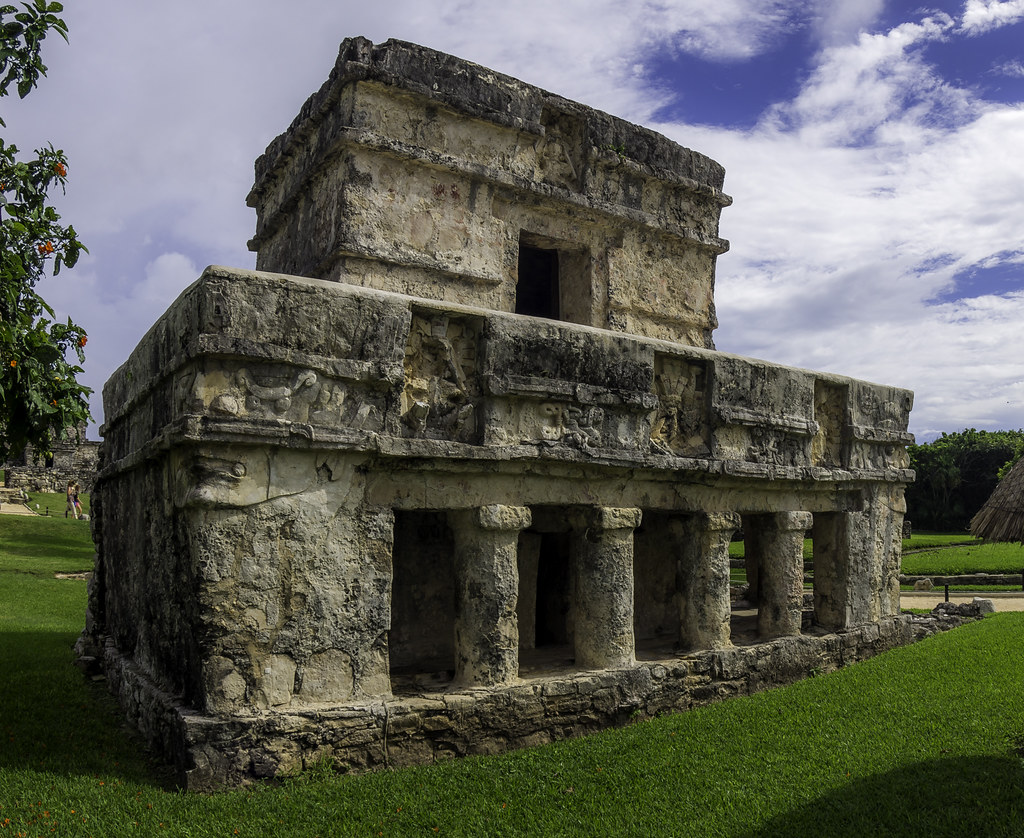
In the corners, it is possible to see large stuccoed masks that possibly represented the Mayan god creator, Itzamná.
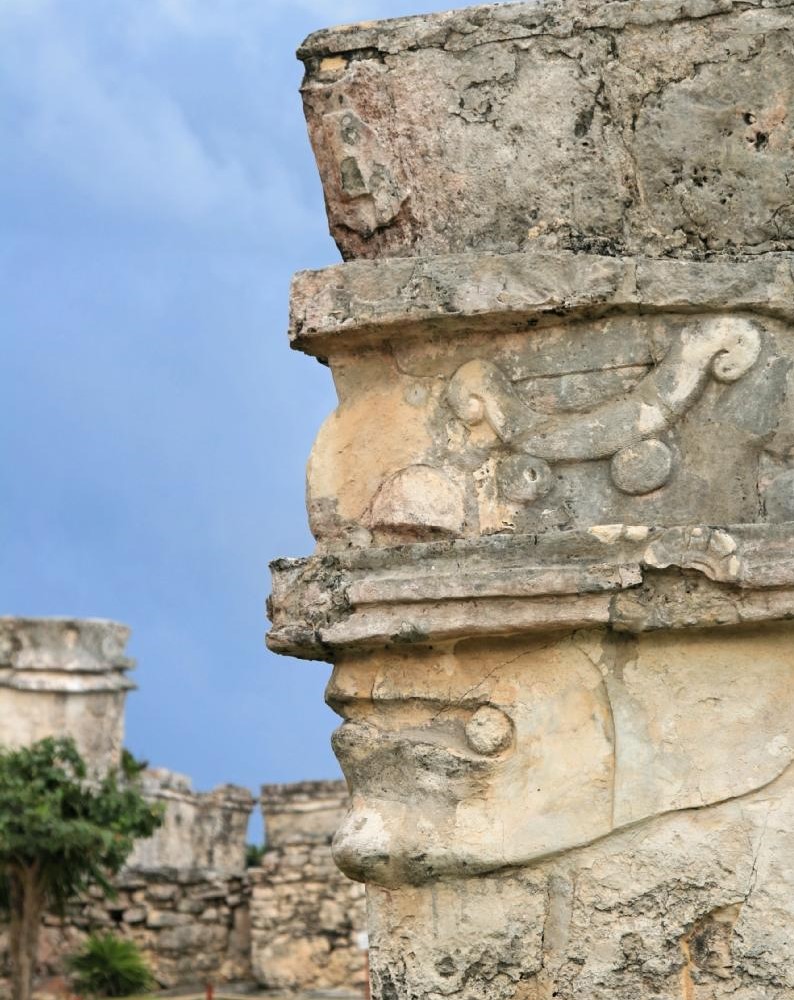
The architecture is of the “east coast” style of a few decorative variants, based on the use of a combination of moldings that delimit a frieze. The highest social classes inhabited the walled enclosure, a space that constituted the civic, ceremonial, and administrative sectors.
Religion had a special function in the society of Tulum, as evidenced by the numerous temples, shrines, and altars, with representations of deities and allusions to wind, rain, fertility, and life. The site was a special center for the veneration of the “Descending God”, represented in several buildings.
The Recently Opened Jaguar Park
 Just a stone’s throw away from the ruins is the newly inaugurated Jaguar Park, an initiative aimed at conserving the rich biodiversity of the region. This park is dedicated to protecting the mayan jungle while encouraging visitors to bond and learn while they visit the area.
Just a stone’s throw away from the ruins is the newly inaugurated Jaguar Park, an initiative aimed at conserving the rich biodiversity of the region. This park is dedicated to protecting the mayan jungle while encouraging visitors to bond and learn while they visit the area.
The park spans an impressive 2,471 acres of lush jungle, offering a diverse range of activities that make it an ideal destination for a day in Tulum. Visitors can explore 7.4 miles of natural trails that meander through the vibrant landscape, providing opportunities to connect with nature.
For cycling enthusiasts, there’s an additional 1.2 miles of dedicated cycling trails. The park also features stunning cenotes, inviting guests to cool off in their crystal-clear waters. Cultural exploration awaits at the Mayan Museum and the ancient lighthouse, which offers breathtaking panoramic views of the Caribbean Sea. Additionally, the butterfly farm adds a magical touch, allowing you to witness the beauty of these delicate creatures in their natural habitat.
Connecting History and Nature
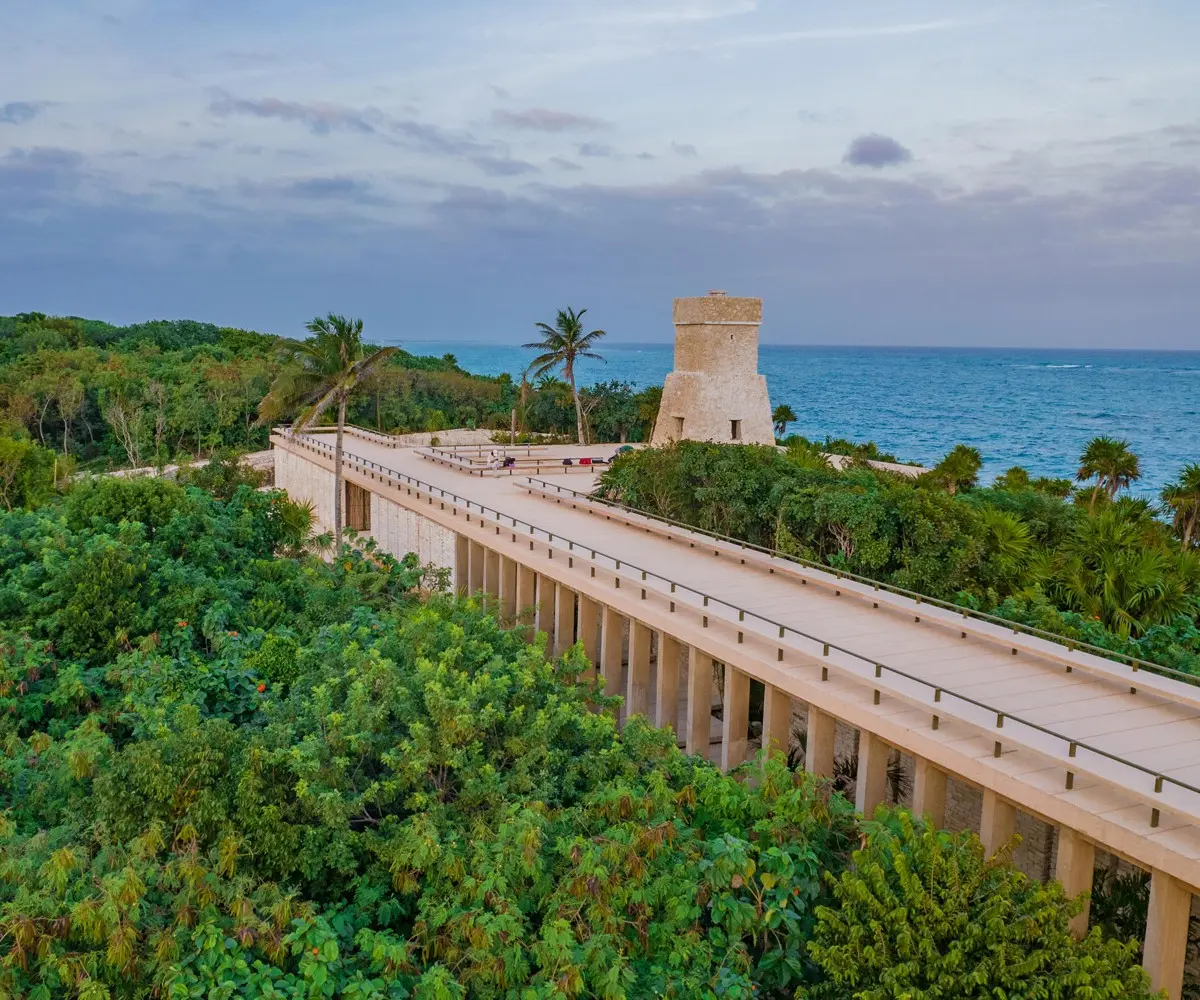 The juxtaposition of the majestic Tulum Ruins and the wildlife sanctuary of Jaguar Park creates a unique opportunity for visitors to appreciate both the historical and natural beauty of this region. Many tour operators now offer combined packages that allow guests to explore the ancient ruins in the morning and spend the afternoon roaming the trails of Jaguar Park.
The juxtaposition of the majestic Tulum Ruins and the wildlife sanctuary of Jaguar Park creates a unique opportunity for visitors to appreciate both the historical and natural beauty of this region. Many tour operators now offer combined packages that allow guests to explore the ancient ruins in the morning and spend the afternoon roaming the trails of Jaguar Park.
Tulum, with its stunning beaches and rich history, has long been a favorite destination for travelers. However, it’s not just the picturesque shoreline that draws visitors; the ancient ruins and the recently opened Jaguar Park have transformed Tulum into a cultural and ecological haven.
How to get there?
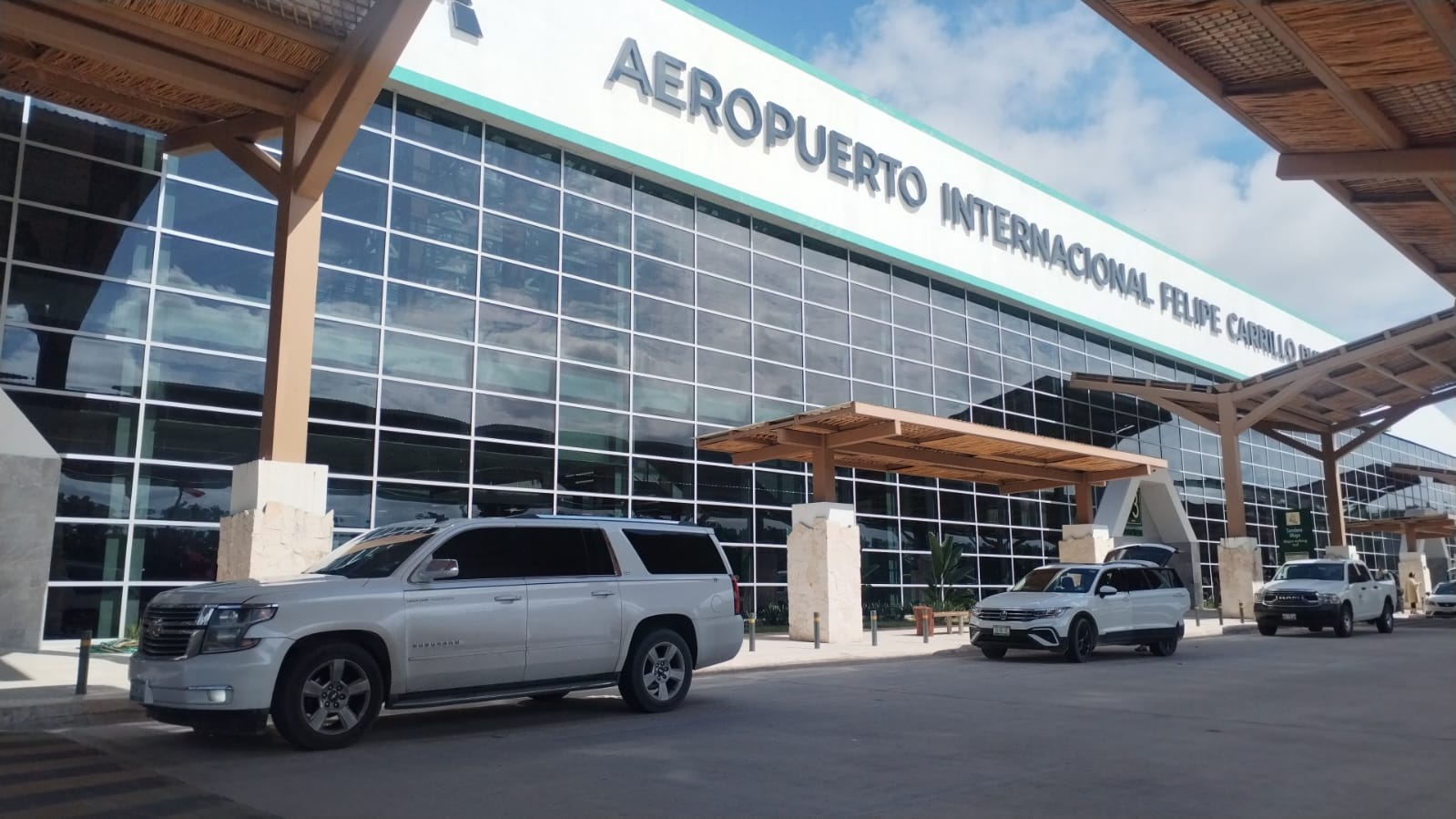 If you’re planning a trip to Jaguar Park in Tulum, getting there from either Cancun or Tulum city is quite straightforward.
If you’re planning a trip to Jaguar Park in Tulum, getting there from either Cancun or Tulum city is quite straightforward.
From Cancun, the most convenient option is to hire private transportation to provide hotel pick up and drop off at the park´s entry.
You can also take a bus from the ADO terminal, which offers regular services to Tulum. The journey typically takes around 1.5 to 2 hours. Once you arrive in Tulum, you can either take a taxi or a colectivo (shared van) to reach the park, which is located just outside the town.
If you’re coming from Tulum city, a quick taxi ride will get you there in about 15 minutes. Make sure to check the park’s opening hours and consider arriving early to enjoy the lush surroundings and possibly spot some wildlife before the crowds arrive. Happy exploring!
Tulum has evolved into more than just a beach destination; it’s a place of historical reverence and ecological importance. The Tulum Ruins offer a window into the past, while Jaguar Park invites visitors to consider the future of wildlife in the region. Whether you’re an avid history buff or a nature enthusiast, Tulum promises a journey filled with discovery and awe. Make sure to include both the ruins and the park in your itinerary to experience the full richness of this extraordinary area.
Don’t miss to visit these amazing Mayan ruins. Get to our Tulum Tour page for more info.
Now, if you are in some other town of Riviera Maya and want to visit this Archaeological Site, you could also book a shuttle to Tulum and enjoy one or two days at this Caribbean destination.

